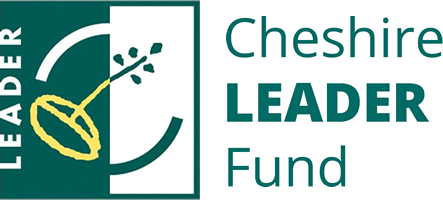LEADER (a French acronym that translates as ‘Liaisons among actors in the rural economy’) is an EU programme that aims to provide funding for businesses and organisations looking to begin or expand their operations in rural areas. What separates it from other funding programmes is that it is delivered locally rather than nationally, with decisions on how and where the grant money is spent being made by an appointed Local Action Group (LAG) of key representatives from various organisations in the local area.
LEADER Background
The LEADER approach started in 1991 with the aim of improving the development potential of rural areas by drawing on local initiative and skills, promoting the acquisition of know-how on local integrated development, and disseminating this know-how to other rural areas. It has since developed and, through numerous successes, has delivered four successful programmes leading to the current fifth programme.
Priorities
Everything LEADER funds must support one or more of the following themes:
-
Increasing Farm Productivity
e.g. Projects to develop low carbon approaches to improved agricultural efficiency, enhance local supply chains and build integration around food production and processing, challenges around farm succession planning. Projects to link farming to tourism, particularly through food production and equine activities. Projects to develop adaptation to climate change.
-
Micro/Small Enterprises & Farm Diversification
e.g. Farmers to exploit opportunities to add value to their businesses through, food processing, marketing, rural tourism and renewable energy ventures. Increasing exports by better co-ordination and proliferation of best practice, knowledge transfer and identification of foreign markets. Green infrastructure to support economic growth. Projects that encourage local production and local trade for example the development of a commercial food hub for the area. Projects to develop real and virtual hubs for small and micro businesses. The development of new food branding under the Cheshire niche.
-
Rural Tourism
e.g. A system of information points for visitors. Interpretation is a key to tourist success. Development of a ‘one stop shop’ for straightforward information about staying in the LAG area. The development of tourism Apps. A project to develop private and community gardens for subsequent access by the public. Improvements in the Public Right of Way offer: signposting and the development of ‘themed’ routes. Projects which further support the development of key tourism themes including: the weddings market, further development of the tourism potential of rural estates and the development of new areas of activity around “glamping” and other small scale tourism development including small touring caravan sites.
-
Rural Services
e.g. The development of Churches for wider community innovation. The enhancement of village halls as community hubs along with the vesting of public assets in communities through asset transfer. More spaces with public access in the service centres in the area. A project based around local needs housing. Projects for young people (and to an extent other local people) will be important. Projects that develop the welfare of older people would create employment and reduce social isolation simultaneously. Projects to address the challenges arising from the poor local transport issues. Projects based on community companies addressing issues such as opportunities around local energy generation.
-
Culture & Heritage
e.g. Craft industries should be developed, to build on local distinctiveness. Projects to develop the arts and crafts market (and incubator space) to sell through tourism outlets linked to rural estates and other visitor attractions. Projects to build local engagement and new small company spin offs linked to the work of the Cheshire rural touring arts scheme.
-
Increasing Forestry Productivity
e.g. Development of the venison market in the woodland environment. The development of projects that add value to timber. The development of projects to improve timber management. The development of projects for the production of timber as a fuel. The development of projects that link forestry to tourism. Projects to develop woodland management skills development.
A proportion of each LEADER area’s funding has been allocated to each theme, to ensure a fair spread of funding across all types of organisations in the rural area.

